I have a question about packages, modules and syntax. When you access a package in the same file I notice you'd use something like....
package test;
$testVar="This is a test";
#and to access it using..
package main;
print($test::testVar);
or simply...
package test;
print($testVar);
Yet when I use this syntax for use with a module, sending an argument, I am supposed to ommit the $ from the start of the print function, yet above I don't. I noticed it didn't work otherwise and I don't know why. My materials don开发者_如何学运维't clarify.
require module;
print(package::sub("argument"));
Why is that?. I'm confused.
The dollar sign here is a sigil that indicates that the named variable is a scalar.
If there is no preceding package declaration, the use of $var_name contains an implied namespace of main, i.e. it is short for $main::var_name. In the case of your example, where you have package main; first, you need to stipulate that the namespace is test, rather than main, so $test::testVar is required.
For a function call, you do not need to use a sigil. If you did, you would use the ampersand (&), but using ampersands when calling functions has fallen out of favour with many programmers.*
As before, sub_name() is a shortened version of main::sub_name()... in the same way, no sigil is needed to call package::sub().
*References as to the use of &:
- Perl Monks discussion
- Perl::Critic dislikes it, following on from Perl Best Practices
- Per perldoc, using
&with a function name allows you to deviate from the usual behaviour. This can result in subtle bugs.

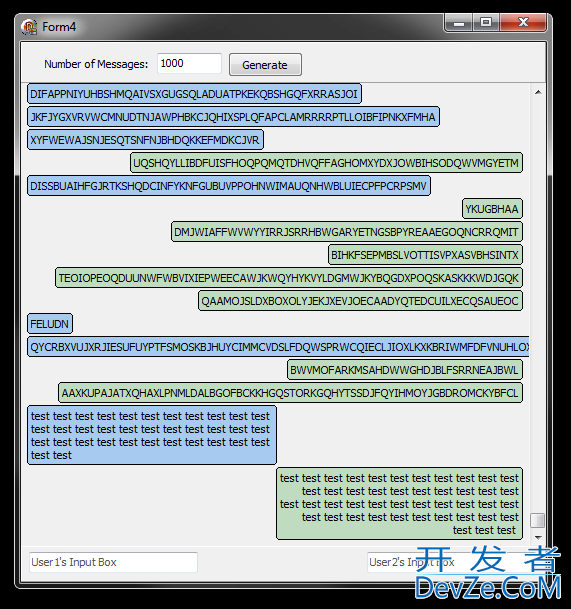
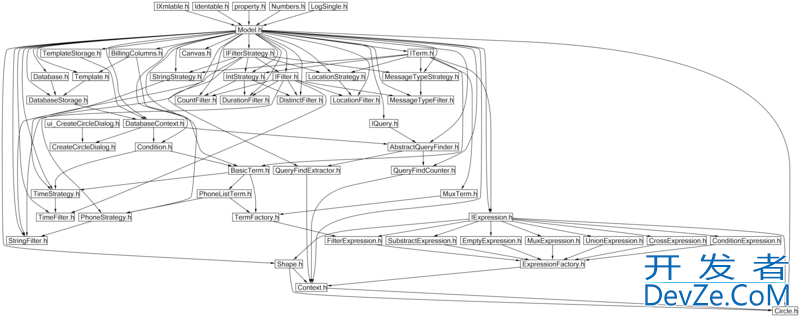
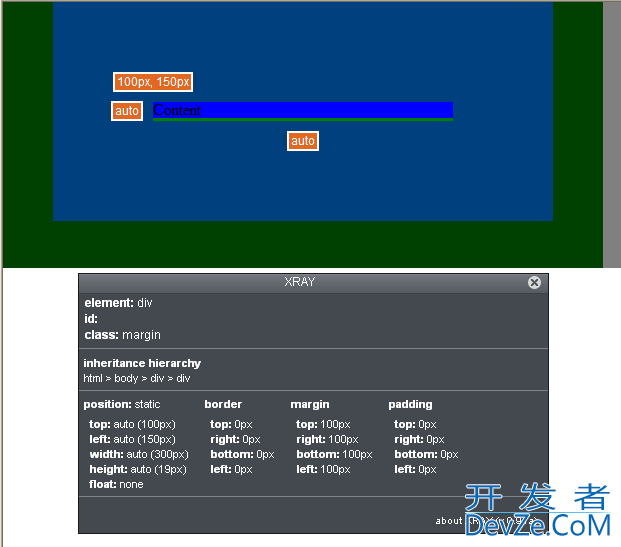

![Interactive visualization of a graph in python [closed]](https://www.devze.com/res/2023/04-10/09/92d32fe8c0d22fb96bd6f6e8b7d1f457.gif)
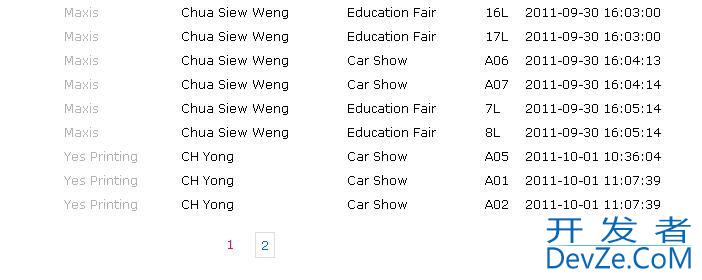
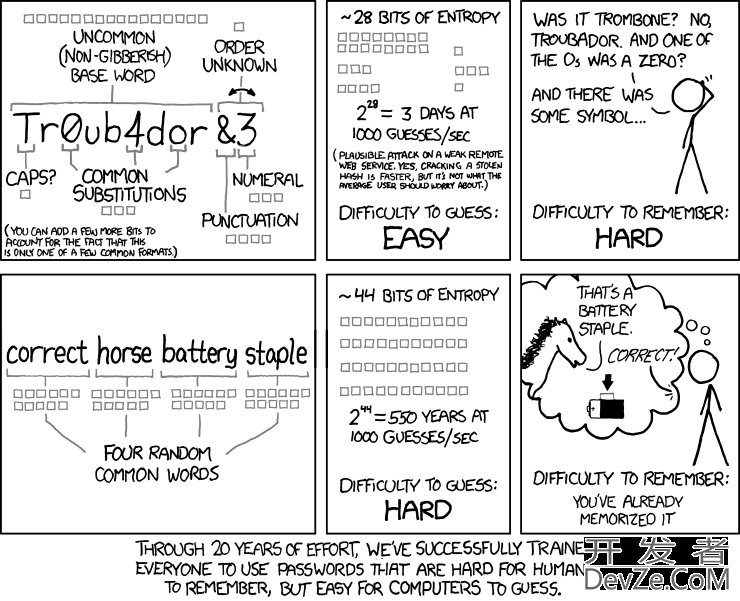
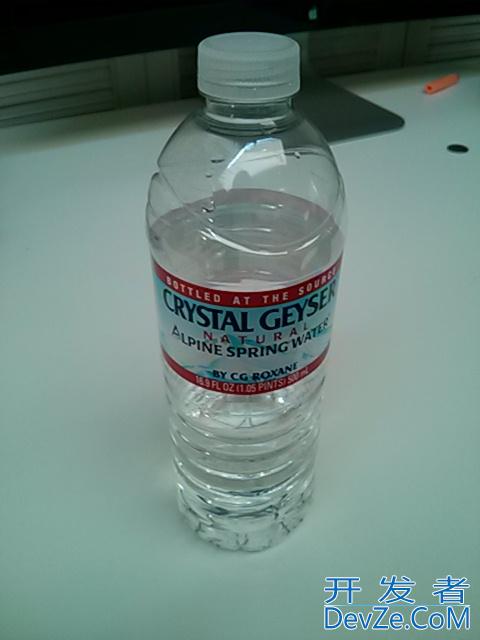
 加载中,请稍侯......
加载中,请稍侯......
精彩评论